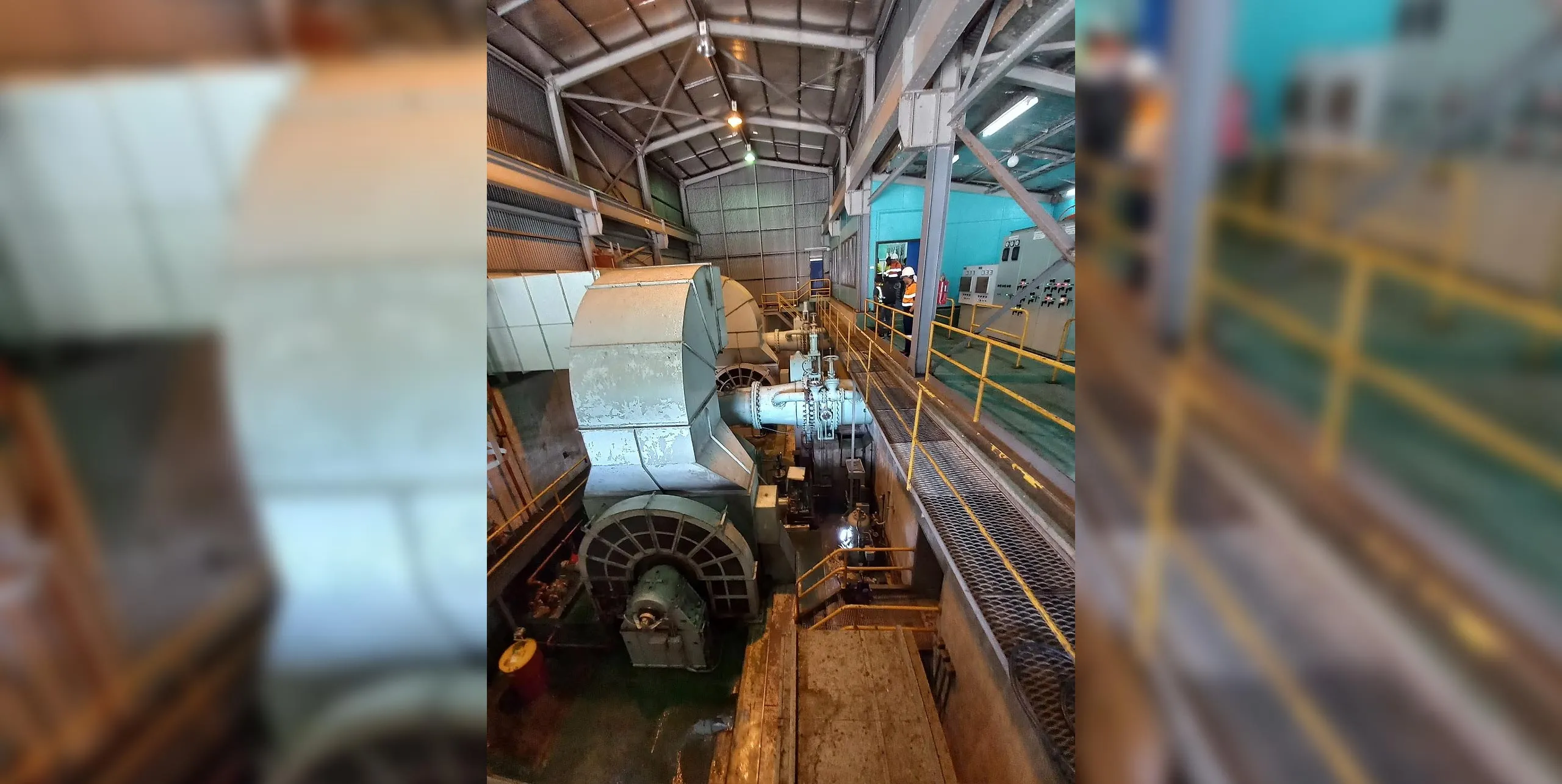The project, located about 50 km southwest of Mount Hagen in Southern Highlands, is owned and operated by PNG Power Limited (PPL), which is responsible for generating, transmitting, distributing and retailing electricity throughout Papua New Guinea.
The Pauanda Hydropower Project, which began operating in March 1983, is a run-of-river type with 2×6 MW Francis turbines, producing a total rated output of 12 MW. The project comprises a low-height diversion weir, a settling basin, an open flow tunnel, a forebay, a surface penstock and a power station. However, due to aging infrastructure and loss of design flow at headworks and forebay, the station currently only produces 6 to 8 MW.
SMEC’s assignment is to assist PPL in investigating geological issues at the hydropower plant including the re-establishment of monitoring of movement at the forebay and surrounding areas in relation to the powerhouse and residential areas. The scope of work includes a site visit and a feasibility study of different options to upgrade the project’s civil, hydromechanical and electromechanical components. The rehabilitation seeks to enhance the project’s capacity and provide more reliable power to the grid.
“This project win highlights SMEC’s expertise in the rehabilitation design of hydropower projects in Papua New Guinea,” said Tilak Bhattarai, Manager Hydropower and Dams – Southeast Asia and Pacific. “It also reinforces our commitment to assist clients and funding partners with programs that would contribute to improving key infrastructure in Papua New Guinea.”
SMEC was previously engaged in the rehabilitation design of the Warangoi Hydropower Project and the Yonki Toe of Dam Hydropower Project, and is currently working on the refurbishment design and tender documentation for the 75 MW Ramu-1 Hydropower Project, which is funded by the Australian Infrastructure Financing Facility for the Pacific.
The ESIP is a 15–20-year commitment by the Government of Australia to support the Government of Papua New Guinea to enhance its approach to infrastructure planning, procurement, financing and delivery.











